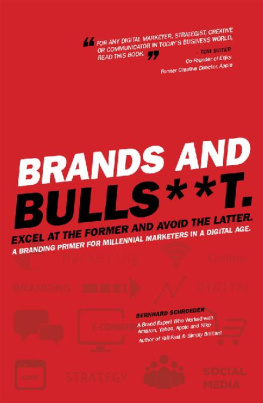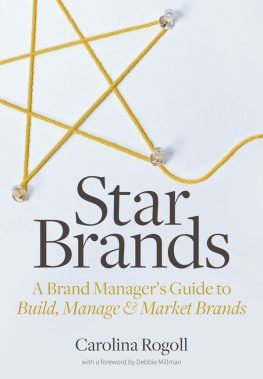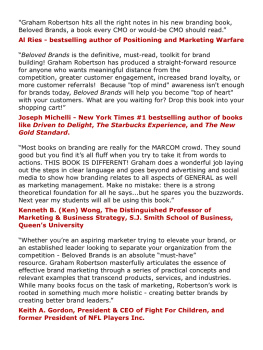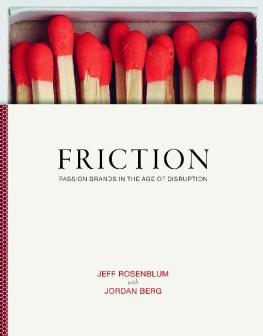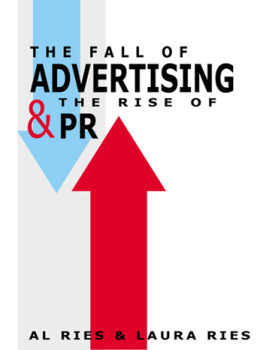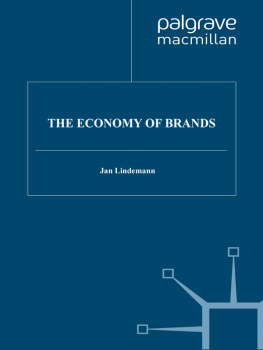
FREE PRESS
A Division of Simon & Schuster, Inc.
1230 Avenue of the Americas
New York, NY 10020
Copyright 2006 by Patrick Hanlon
All rights reserved, including the right of reproduction in whole or in part in any form.
FREE PRESS and colophon are trademarks of Simon & Schuster, Inc.
Designed by Dana Sloan
Library of Congress Cataloging-in-Publication Data
Hanlon, Patrick.
Primal branding: create zealots for your brand, your company, and your future / Patrick Hanlon.
p. cm.
Includes biblioraphical references and index.
1. Brand name products. 2. Brand name productsMarketing.
3. Consumer behavior. I. Title.
HD69.B7 H3485 2006
658.827dc22
2005044708
ISBN-13: 978-0-7432-8882-8
ISBN-10: 0-7432-8882-3
Visit us on the World Wide Web:
http://www.SimonSays.com
This book is dedicated to all my girls
Contents

PrePrimal
I am sitting in a meeting at one of the largest corporations in the world. Outside the window, spring flowers bloom between empty shade trees. Returning geese fly in a scattered V shape through a crisp sky. Groundskeepers rake away leaves left from winter. And, in the conference room where I am sitting, grown men are sweating.
Once again, millions of dollars have been spent on advertising and marketing support, trying to leverage their brand. Once again, the results were less than they had promised management. Worse, the results were less than they had promised themselves.
The executive vice president in charge repeats his question. Eyes dart back and forth around the room. The executive vice president clears his throat.
So what do you guys think? How can we become a great brand, like Nike, Apple, or Coke. Do we even think we know the answer?
Product innovation, someone finally pipes up.
Lets get a great Super Bowl spot, says another.
Create customer affinity programs, someone else jumps in.
Yeah, relationship marketing.
Consumer intimacy.
The executive glares. Well, which is it? he asks simply.
Heads swivel around the table.
Can anyone explain Google to me? he asks. Everyone knows them, everyone uses them, and they dont seem to advertise at all.
Someone shrugs. No one has the answer. The sad hammer of truth is that this isnt just one meeting. The meeting could have been any one of several at General Motors, Sears, IBM, or Unilever. Everywhere, smart marketers are spending millions of dollars trying to find the sticky soft tissue that attaches consumers to brands. It is characteristic that no matter who the advertiser is, once the advertising flight is over, awareness figures sag.
The paradox is that people are zealous about some brands, whether they are advertised or not. You can point to any category and see where companies have introduced innovative products that were given their introductory advertising budgets and their end-cap display and ultimately failed because they still didnt catch on. Success is not a mix of great product plus great advertising plus great price point plus great distribution. Its something else. But what?
I decided to find out. The result of my search led not only to a marketing solution but toward a new construct that redefines enterprise in terms of the human condition. It is a construct that elucidates the intuitive visceral connections people have to brands. Some of those brands are products and services like the much heralded Apple, Starbucks, and Nike. Others are personalities, social and political causes, and civic communities and the organizations that create them.
Many managers, from CEOs to product managers, are given the mandate of creating and supporting brands, but they are not given the tools. Professionals in the hard sciences of pricing, distribution, sales, and manufacture, when it comes to the soft sciences of human persuasion, they are usually ill equipped and/or ill trained. The result? The soft costs are inefficient brand planning and lack of creative problem solving. The hard costs are lost opportunity and lost dollars spent going down marketing rat holes. Worse, marketing is by rote.
In many ways, this is the story of people who are, despite the swirl of thousands of advertising impressions a day, able to break through, excite, and resonate in remarkable ways. Through gut feel, instinct, and prescient wisdom they have been able to connect the tendrils of emotion to make the difference between a product, personality, or cause that no one really cares about and something that attracts people by the millions.
Todays parity world cannot afford parity thinking. Its time for us to dig out new territory. Heres the shovel.
Introduction
I n the middle of an African gully a man is down on his hands and knees. Sweat stings his eyes as he stares at the ground, not quite believing what is in front of him. He gently scrapes at the dirt, shaving away another peel of earth, revealing even more of what he recognizes as a proximal ulna, the forearm bone of a rare hominid. Paleontologist Donald Johanson spent the morning of November 24, 1974, slowly uncovering a 3.5-million-year-old skeleton. That night, Johanson and his team celebrated the discovery in their tents as the Beatles Lucy in the Sky with Diamonds played in the background. Nobody remembers how, but the nickname Lucy was given to the female hominid. Lucys discovery was flashed around the world, and her name became a household word. Equally important hominids have been discovered before and since, yet Lucy alone retains a special place in our imaginations, because she sparkles with something that other discoveries have been without. Lucy sparkles with primal code.
Every sensible CEO, entrepreneur, and product manager wants consumers to feel the same enthusiasm for their products and services that they do. People who build cities and create movements and have new ideas want to attract people in order to create followers, supporters, advocates, and financial partners.
People point to favored brands like Coke, Google, and IBM as examples of the way to do things, and they are right. But the path to mimicry seems a dead end. Within successful enterprises, whether they are products, personalities, a political or social cause, or a civic community lurks an intangible. In fact, consumers of those products become more than just customers. They feel an almost religious zeal that consumers of brands like Lestoil, Goodrich tires, and MCI never feel.
Why?
What is the magic glue that sticks together consumers and Google, Mini Cooper, and Oprah and not others? What is it that strikes the emotional chord sustained beyond the pitchmans cry? Is it a better product? A better customer experience? Better distribution? Better pricing? Each year, millions of dollars are spent by marketers trying to touch their target consumer. They buy advertising on the TV programs people love, sponsor events like Nascar, underwrite golf and tennis tournaments and marathons that their consumers enjoy, and produce emotional advertising so that consumers will feel better about their brands. Millions more are spent throwing banner ads onto Web sites that their target market hits. More millions are spent anticipating product and service niches that consumers might flock to. Even after all that, however, the connective tissue that bonds consumers to emotionally powerful brands like Coke, Disney, Apple, Starbucks, and Nike does not form.


